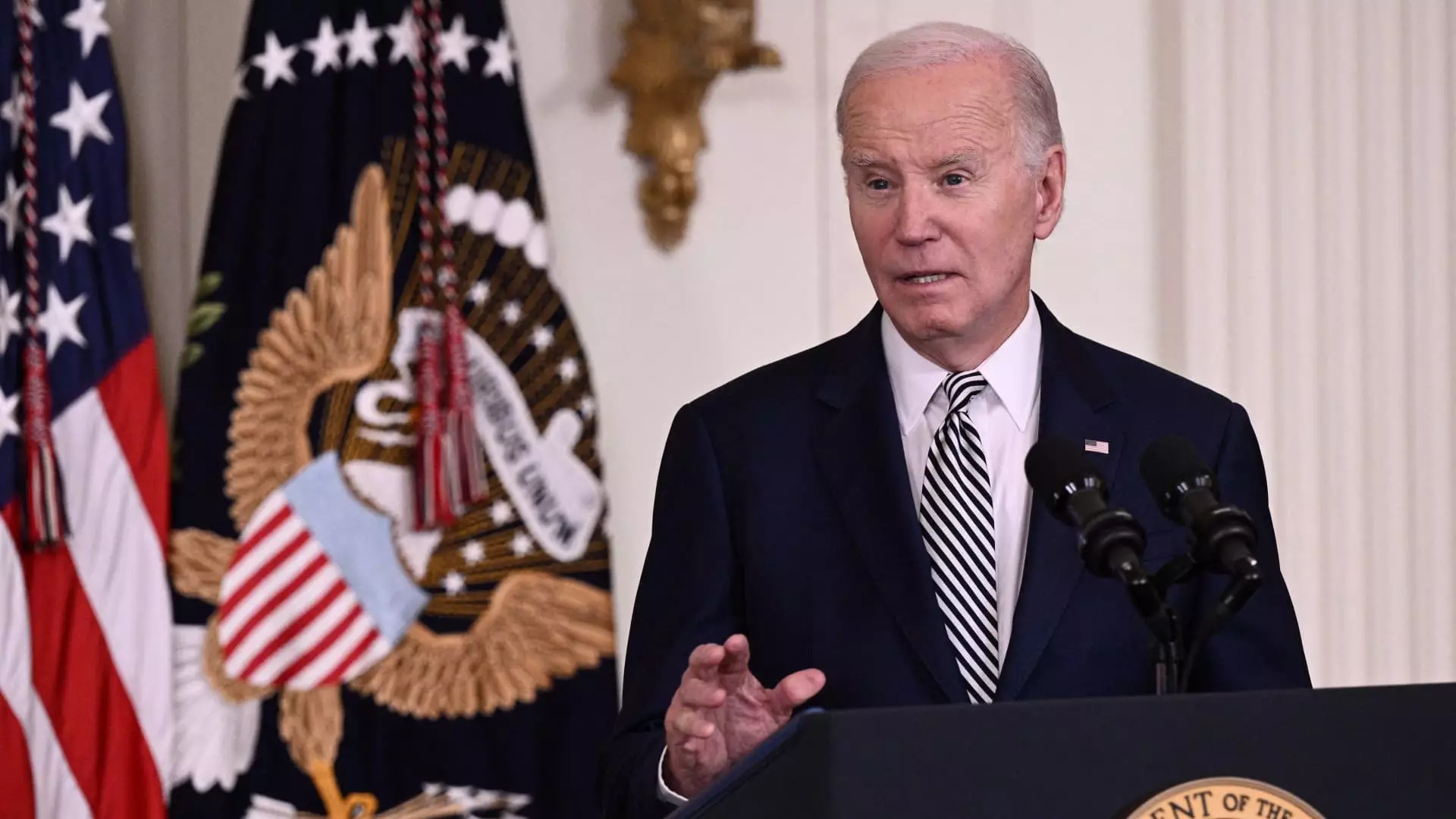The United States is embarking on a new era of artificial intelligence (AI) export regulations, tightening its grip on the global dissemination of AI technology. These measures, announced during the twilight days of President Joe Biden’s administration, aim not just to curb the technological advancements of rival nations like China and Russia, but also to strategize the distribution of AI prowess among allies. As this landscape evolves, the implications for international relations, technological development, and the global economy will be profound.
The primary objective of the new restrictions is to safeguard American advancements in AI and ensure that the U.S. retains its dominant position in this critical technological sphere. By establishing strict limits on exports of AI chips, particularly advanced graphics processing units (GPUs)—a key element for training AI models—the U.S. government aims to control where and how AI technology proliferates. This regulatory framework categorizes nations based on their loyalty to U.S. interests, creating a structured hierarchy of access that largely favors America’s closest allies, including Japan, the UK, and South Korea.
Gina Raimondo, the U.S. Commerce Secretary, emphasized that maintaining supremacy in AI technology is not just an economic imperative; it also bears significant national security implications. AI’s capabilities are vast and, when leveraged by adversarial countries, could enhance military operations or exacerbate global tensions. The government’s stance capitalizes on a broader narrative of technological competition, reframing AI not merely as a matter of economic development, but as a watershed issue of geopolitical strategy.
The detailing of these regulations includes new caps on AI chip exports, which will restrict the number of chips sold to countries deemed less aligned with U.S. interests. Notably, countries like China, Iran, Russia, and North Korea are subject to a comprehensive export ban. For the approximately 120 nations facing restrictions, the regulations will impose stringent licensing requirements, while also allowing companies like Nvidia and Advanced Micro Devices to seek exemptions under specific conditions.
Critics have raised alarms over the sweeping nature of these regulatory changes. Industry leaders, including representatives from Nvidia, have described the regulations as excessive and detrimental, warning that they could undermine the competitive edge of U.S. companies by inadvertently handing market opportunities to their Chinese counterparts. Companies like Oracle have voiced concerns that restricting access will backfire, as it may lead to an unintentional boost to competitors abroad.
Furthermore, the regulations impose a tiered system of distribution. Nearly 18 allied nations can operate with minimal restrictions, while other countries face caps on the technology they can receive. For instance, cloud service giants like Microsoft and Google may pursue global authorizations for data centers, exempting them from strict country quotas. However, even these companies will need to ensure compliance with onerous security and operational guidelines, a hurdle that may prove challenging in a highly competitive environment.
While the regulatory framework aims to construct a fortified barrier around American technological supremacy, it raises questions regarding economic opportunities and innovation. The strict control over AI chip exports may stifle competition and limit the growth potential for U.S. tech companies in international markets. By constraining the flow of AI technology, the U.S. might inadvertently hamper collaboration and innovation that often arise from a more interconnected global ecosystem.
Moreover, the delineation of countries into tiers raises moral and ethical considerations. The potential of AI technology to drive improvements in sectors such as healthcare, education, and agriculture is immense, yet the restrictive approach could prevent poorer nations from benefiting. Consequently, this strategy creates a paradox where national security interests clash with the global promise of advancement through AI technology.
The rapid evolution of AI presents imminent challenges that the U.S. must navigate with foresight. National Security Adviser Jake Sullivan has cautioned that the next few years could witness transformative changes in AI capabilities. If the regulations are perceived as an attempt to stifle a natural progression of technology, they could push other nations, particularly China, towards accelerated advancements in their own AI capabilities, countering U.S. efforts.
The U.S. government’s push to reshape AI export regulations is a multifaceted strategy aimed at securing national interests and maintaining its technological edge. However, the long-term consequences of these actions warrant careful consideration—balancing strategic benefits against economic growth and the global collaborative potential of AI. How these regulations are enforced and perceived will shape not only the technological landscape but also the geopolitical dynamics of the coming decades.



Leave a Reply